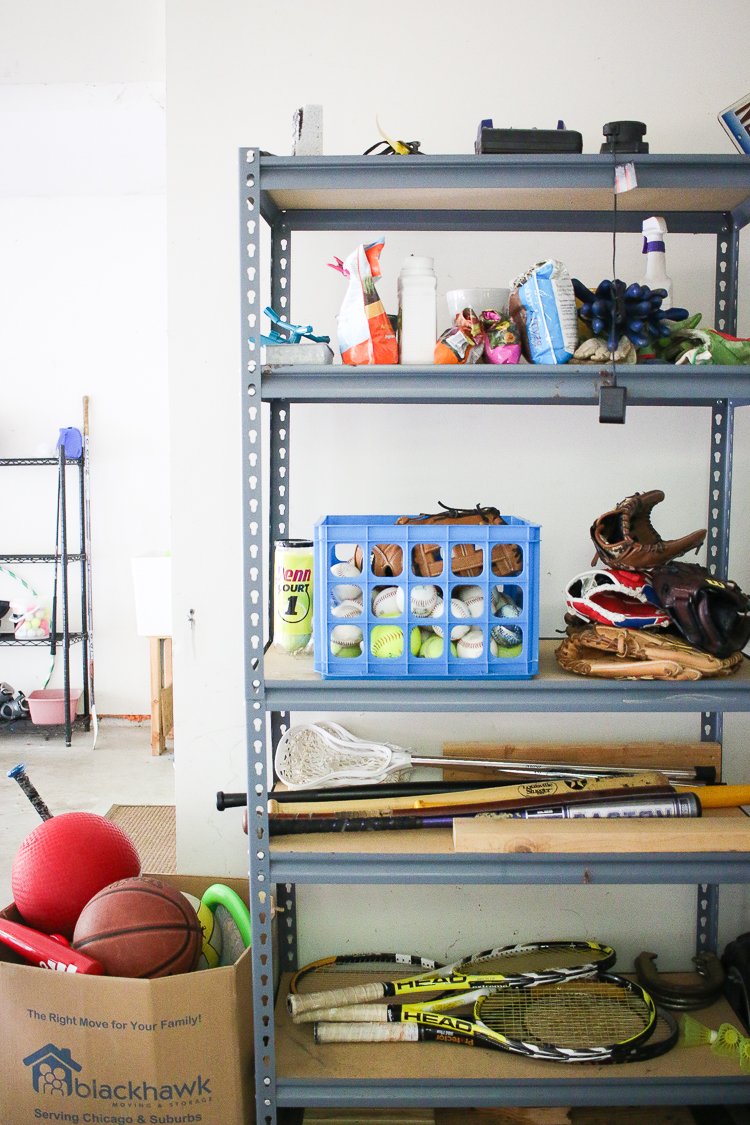Want a More Sustainable Closet? Here’s One Trick.
Searching for ways to build a more sustainable closet? Start by skipping the mall (especially as a pastime). For the most part, sustainable brands aren’t on display at your local shopping centers, and what you do find on display will only tempt you in unproductive directions.

Want to know one of the easiest ways to be a conscious consumer? Stop shopping at the mall.
Is it blasphemy? It’s probably a hard truth for some, but the mall might be the single biggest deterrent to more responsible consumption. It’s full of “bad” temptations and has so few “good” alternatives.
Avoiding the mall entirely to become a more responsible shopper is not a hard and fast rule. There are a handful of ethical brands at the mall, and the number is slowly growing as larger brands establish partnerships with ethical brands or make changes in their own supply chain and sales practices.
Truth be told, though, it’s a pretty good guiding principle. The mall may have a thing or two worth buying, but the vast majority of products in your local mall are better left in the store and out of your home.
First Up, Fast Fashion
Fast fashion shops, the ones with cheap and changing collections every few weeks, should be the first to go. The quality of the clothes is dismal, so we end up collecting old junk in our closets until we finally throw it in the trash. Even if it’s donated, the old wares are unlikely to be out on the rack for purchase or given to another person because the quality hasn’t held up well enough for a second life. Most charity and secondhand shops can’t resell fast fashion items.
While we’re taking about fast fashion… Target… oh how I love thee, Target. But please don’t buy your clothes there (or at least do so sparingly and with intention). Target style lives in the fast fashion space (even though I know it’s not typically at the mall).
As much as I love Target (and I really do), most Target clothes are poorly made and they fall apart after just a few washes. I have a handful of basic pieces from Target that I have worn for years, and if you find others like this, then by all means, use them to fill a gap in your wardrobe (sparingly). But don’t churn through Target fast fashion each season like it’s going out of style (although it probably is).
Will You Wear It 30 Times?
There’s a rule of thumb in the sustainable style community that something is worth buying if you’ll wear it 30 times. If you find something at a fast-fashion joint or Target that you know you’ll wear 30 times, then by all means, consider the purchase. I suspect, however, that most fast-fashion pieces wouldn’t stand up to 30 wears.
Fast fashion is killing our environments, clogging our landfills, and filling our closets with (essentially) disposable clothing that piles up until we declutter… time and again. The piles of miscellaneous pieces that were “too good a deal to resist” clutter our closets and our minds long after they have used up their useful lives in our wardrobes.
Please don’t waste your money on disposable clothing.
What about the next tier of stores at the mall? Quality might improve marginally and last a couple of seasons. When we’re always buying new, though, those pieces still don’t earn their keep. We end up with so many clothes (most made in dismal factories) that we can’t even wear them all. Why?! Some of these pieces might survive 30 wears, but we don’t often give them a chance to prove their longevity.
The Sale Price is the Real Price… Seriously!
Most big brand mall stores jack up prices to convince us we’re getting better quality and a better deal than actually is the case. Anchoring bias, a scientifically-proven intuition our brains follow, uses the original price as an anchor, or basis, against which we compare the price we actually pay. Daniel Kahneman, a world-renowned psychology research expert, has proven this to be true even when the anchor number had nothing to do with the purchase price.
This bias results in us feeling better about paying $20 for a shirt that is 50% off the original price of $40 than paying $20 for the same shirt when $20 is the original price. We assume the company selling the shirts arrived at the $40 original price with some rationale, such as higher quality. Therefore, the shirt on sale must be a better value than the shirt marked at the original retail value. Marketing experts understand our inherent human biases and prey on this to increase purchases from their store.
In reality, many companies don’t really expect customers to pay the full price for most items. If these companies did build their business model on full price purchasing, they’d never make money and probably would be out of business by now because they discount their products so frequently. These companies just want everything to feel like it’s always on sale.
If you’re not convinced, check out the post I did about “Why the Sale Isn’t Really a Sale”. If the sale price weren’t the “real price,” would companies really be having sales essentially every day of the month? Don’t be tempted by mall sales. There’s really nothing special or a “great deal” about them (except for something like Black Friday … potentially).

Where to Shop If Not at the Mall?
1. Start by shopping in your own closet. Do you really need whatever you’re about to buy? Maybe you’re better off skipping the shopping trip entirely.
2. If you do need something, start searching secondhand from thredup or your local thrift and consignment shops.
3. Need it to be new? Most ethical and socially-minded retailers live online. Because ethical fashion uses more sustainable materials, pays fairer wages, etc… it often results in higher product and manufacturing costs than fast fashion or traditional peer products. Companies use direct-to-consumer models to limit wholesale markups and other expenses that further increase costs to the consumer, often without adding value.
Related Reading: Is Online or In-Store Shopping Better For the Environment?
4. Follow socially-minded bloggers who vet and share about their favorite brands.
5. Use tools like the browser extension from DoneGood that offers alternative ethical brands (and discounts on some of those brands) right in your browser when you search online for particular products.
6. Shop through retailers like MightyNest and the DoneGood shop. They do the leg work of finding and vetting ethical brands so you can shop from a list of curated retailers knowing they all meet socially-conscious standards.
Before you run to the mall, consider if you really want or need to be there. Are the crowds better than spending time with family and friends, reading a book or watching your favorite TV show?
Skip the mall.
Nothing is a good value no matter how inexpensive or what the price tag says if you’re not going to use it, wear it and love it.











